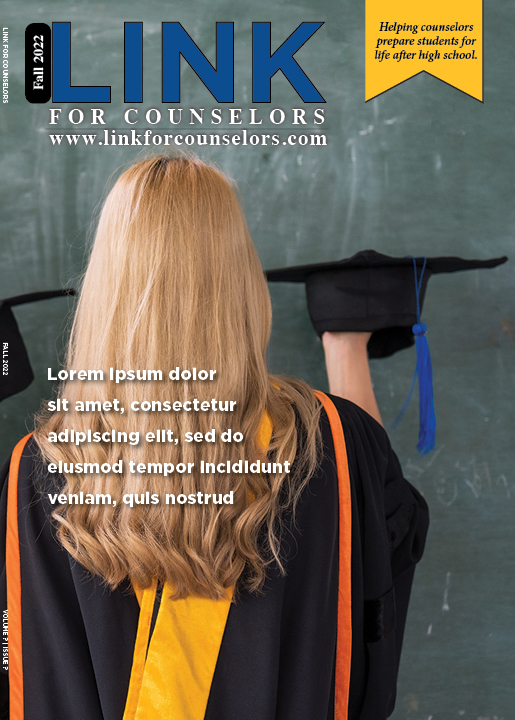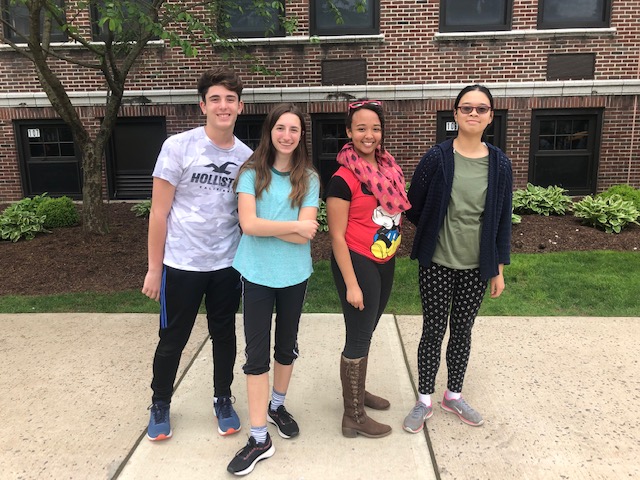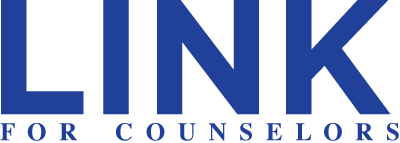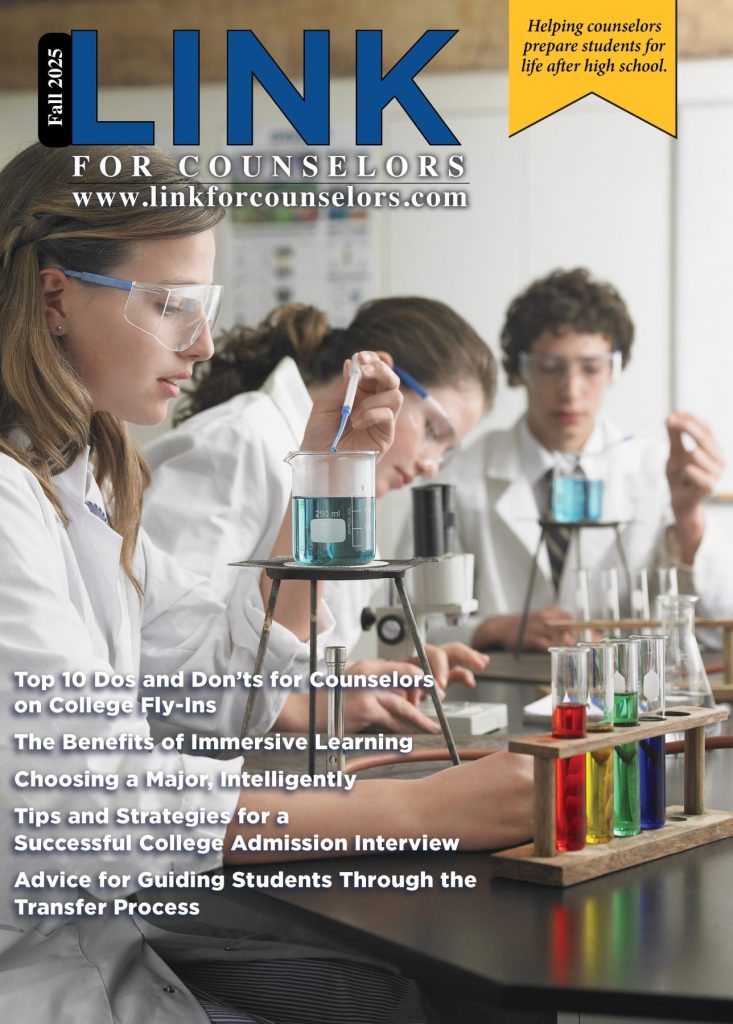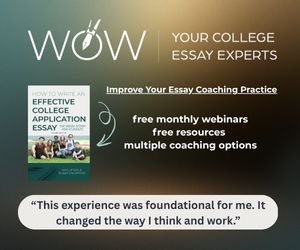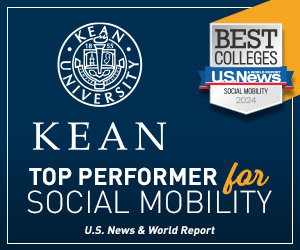There are more options than ever for getting an education and preparing for a career. Online programs and “bootcamps” advertise themselves as a convenient and affordable way to get the qualifications you need for an in-demand job.
With the shortage of qualified workers in certain industries, especially tech, these programs are filling a need for employers and students alike. But are online certificates and bootcamps really worth it for students? Will they make it easy to get a job once you complete your certification?
Here’s what you need to know.
How Do Online Certificates and Bootcamps Work?
Non-degree online educational programs are intended to provide real-world, technical skills for career prep. Online certificates are often geared at working professionals who want to increase their skills and earning potential. Bootcamps are usually for people who want to learn skills like coding quickly.
Unlike degree programs from a university, most online certificates and bootcamps are short-term programs. Most of them can be completed in under six months and bootcamps in particular are typically intensive programs that teach people entire new skillsets in a short period of time (typically about 3 months).
These days, the needs of the job market change quickly. Certificates and bootcamps are great for people who want marketable skills that are up-to-date and reflect the needs of employers.
How Much Do Online Programs Cost?
One of the most attractive aspects of short-term online programs is their reduced cost. A four-year degree in 2022 is extremely expensive, in addition to being time-consuming. Bootcamps aren’t necessarily “cheap,” averaging $13,728. However, if they can help you land a job in a lucrative industry, they can be worth the cost.
Online certificates range from free to several thousand dollars. The quality and content of these programs vary quite a bit, so it’s important to make sure you will get what you need from the certification course when deciding whether it’s worth the cost.
Depending on the program, there might be options for financing or deferring your tuition. It’s important to be careful when taking on debt to attend an online program — you need to make sure it will be a smart investment before you proceed.
Do You Need Any Background Skills?
Depending on the bootcamp or certification course, you might need to have certain prerequisite skills before you can enroll. Coding programs often require a strong background in math, for example. Digital marketing certifications might require you to know the basic concepts of digital marketing before you get started, while others are aimed at complete beginners.
Each course is different, though most bootcamps and certifications are intended for people who are new to the subject they’re teaching. Some advanced programs will have their own requirements, however, so it’s important to find out the details of each course you’re considering before you decide on a program.
Can Anyone Get Into Bootcamps and Certificate Programs?
Because each program operates independently and caters to different types of students, there’s a lot of variation in the application process. Some programs have no requirements, while others require prospective students to apply and meet certain requirements.
Keep in mind that some programs with no application process or requirements might not be invested in student success, so be careful.
Will You Get a Job After You Finish Your Program?
There’s no guarantee that you’ll get a job after you finish attending a bootcamp or online certification program. No one can make that promise. However, some programs offer employment assistance, in addition to providing you with marketable skills.
If you choose a high-quality program and work hard, you should gain the skills you need to be competitive in today’s job market. Knowing what you want to accomplish in your career is important so you can choose the right program.
It’s also important to take your online course as seriously as you’d take an in-person class. Online education is booming, but student success always depends on the dedication of the learner. The same is true for finding a job after you complete your certification.
Remember: Quality Varies
At the end of the day, bootcamps and certification courses can be valuable to students if they take the time to research and find a quality program that aligns with their goals. There is no oversight on many of these programs, and there are a lot of people out there looking to make money on people who want to learn new skills.
Make sure you look into a program’s reputation and read reviews from past students. Choose the program that’s right for you instead of just deciding on the cheapest option. You’re investing your money and time, so choose wisely!





